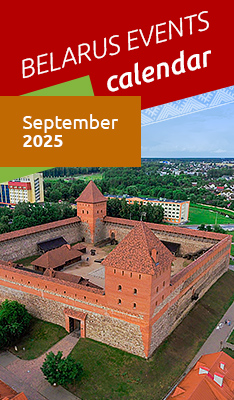Press releases
UNFPA: Urban dwellers to make up 80% of Belarus’ population by 2030
MINSK, 26 January (BelTA) – Today’s urban population of about 7.22 million is projected to reach 7.41 million by 2030 (or up by 2.6%). Thus, urban dwellers will make up 80% of Belarus’ population, BelTA learned from the United Nations Population Fund (UNFPA).
According to projections, the biggest demographic losses will be reported in rural communities. The situation in urban areas will be more favorable. Rural population will decrease by nearly 400,000 people, down to 1.85 million, by 2030. The population decline will be reported in all the regions, except for Minsk where the number of residents will keep growing slowly.
The total fertility rate (the average number of children that would be born to a woman over her lifetime) in Belarus is the same as in the world’s most developed countries, including Europe. In recent years the European-type reproductive behavior has become more pronounced in Belarus. This type of behavior implies pursuance of self-fulfillment, career growth, and high consumer standards. Like in many European countries, the average marrying age and the average age of first childbirth is increasing in Belarus.
The total fertility rate has been growing in Belarus recently. However, it still lags behind the replacement level fertility (the average number of children born per woman, at which a population exactly replaces itself). By the way, women’s economic empowerment helps stimulate childbirth. This trend is gaining ground in the United States (where the total fertility rate stands at 2.06), the Netherlands (1.76), Finland (1.83), Sweden (1.9), Norway (1.88) and other developed states. The average age at first birth also plays its part. The figure keeps increasing and has exceeded 30 years in the most economically developed nations (31.4 years in Italy and 31.3 years in Japan). In Belarus the figure stands at 25.4 years.
There is a nearly two-fold difference in the childbirth rate between developed and developing countries. Europe has the lowest total fertility rate (1.5). It is followed by Latin America and North America (2 and 2.3 respectively), Australia with Oceania, and Asia (2.4). The figure is the highest in Africa (4.6).
According to specialists, the birthrate in Belarus varies depending on the region. The regional differentiation has to do with a different level of social and economic development of a region, demographic traditions, cultural and religious peculiarities. The total fertility rate is the biggest in Brest Oblast, Gomel Oblast, Minsk Oblast and the city of Minsk.







 print version
print version make home page
make home page add to bookmarks
add to bookmarks

